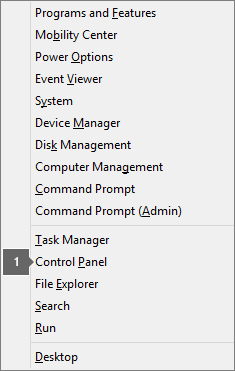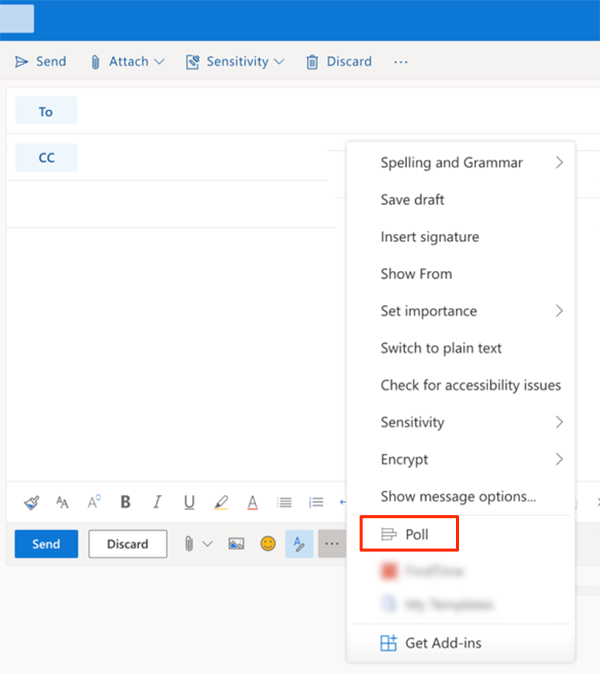Uninstall Microsoft 365 2019 On A Mac
- Uninstall Microsoft 365 2019 On A Mac Computer
- Uninstall Microsoft 365 App
- Uninstall Microsoft 365 Office
Applies to:Office for Mac, Office 2019 for Mac, Office 2016 for Mac
Jan 29, 2019 Uninstall Office 365 (2011) on Mac: Step 1: Quit all the Office applications first, no matter it is Word, Excel, PowerPoint or OneNote. Step 2: Open Finder Applications. Step 3: Locate Microsoft Office 2011 folder. And then remove Office from Mac to Trash. Step 4: Check whether there is.
There are two basic ways that you, as an admin, can deploy Office for Mac to users in your organization:
Uninstall Microsoft 365 2019 On A Mac Computer

Provide your users with the installer package file, and have them install Office for Mac for themselves
Download the installer package file to your local network, and then use your software distribution tools to deploy Office for Mac to your users
If you have an Office 365 plan, you can provide your users with instructions on how to download and install Office for Mac for themselves. To install Office for Mac, a user has to be administrator on the Mac or know an administrator account name and password.
- Aug 29, 2019 Many users have reported that Microsoft Outlook for Mac keeps asking for the password of their Office 365 account. Thanks to readers of my blog, we have finally fixed the issue for most users. For others, we have at least a temporary workaround until Microsoft provides a fix.
- The essentials to get it all done. Office Home and Student 2019 is for students and families who want classic Office apps including Word, Excel, and PowerPoint for Windows 10. A one-time purchase installed on 1 PC or Mac for use at home or school. Office 365 is a subscription that comes with premium.
- If you're renewing an Office 365 subscription with a new product key, use the same Microsoft account you previously associated with your expired version subscription. Tip: Once this is done, anytime you need to install or reinstall Office you can go straight to the next section, Sign in to download Office and select the tab for help to install on a PC or Mac.
- Jan 03, 2020 Select the Microsoft Office 365 installation, or the name of the suite you purchased like “Microsoft Office 365 Home,” or “Microsoft Office Home and Student 2019.” Click the Uninstall button.
- Sheila Forgacs Replied on May 1, 2019 In reply to Palcouk's post on May 1, 2019 I figured it out, I had installed excel over a version that was restored from Time Machine and it wouldn't save, I thought I had to uninstall / reinstall, but I just had to activate.

But, if you deploy Office for Mac for your users, you have more control over the deployment, including which users get Office for Mac and when. To plan your deployment, review the following information.
Uninstall Microsoft 365 App
Download Office for Mac to your local network
The easiest way to download Office for Mac, and ensure you're always getting the most current version and build, is to download directly from the Office Content Delivery Network (CDN) on the internet. Here are the links to the installer packages for the Office suite, which contains all the applications:
Uninstall Microsoft 365 Office
- Office for Mac (for Office 365 plans)
- Office 2019 for Mac (for retail or volume licensed versions)
- Office 2016 for Mac (for retail or volume licensed versions)
Note
- Installer and update packages for individual applications are also available on the Office CDN. For links to those, see Most current packages for Office for Mac.
- The same installer package is used for Office for Mac and Office 2019 for Mac. How you activate the product determines whether you get the features for Office for Mac or the features for Office 2019 for Mac.
- Unlike Office 2016 for Mac, the installer package for Office 2019 for Mac isn't available on the Volume Licensing Service Center (VLSC).
Deploy Office for Mac to users in your organization
Office for Mac uses the Apple Installer technology for installation. That means you can use the software distribution tools that you normally use to deploy software to Mac users. Some of the most common tools are Jamf Pro, Munki, and AutoPkg. You can also use Apple Remote Desktop and AppleScript.
Important
There are changes in Office for Mac to improve security, including implementing Apple app sandboxing guidelines. These changes mean that you can't customize the app bundle before or after you deploy Office. Don't add, change, or remove files in an app bundle. For example, even if you don't need the French language resource files for Excel, don't delete them. This change prevents Excel from starting. Even though you can't customize app bundles, you can configure preferences for each app.
Relocate the Outlook Preferences and OfficeSync Prefs files to the Desktop. Try dragging the files back to the Preferences folder one by one and launch Outlook to isolate the problematic file. If the problem stopped, one of the files is causing it. Microsoft word keeps freezing on mac. Once you’ve found the culprit, drag it into the Trash.If the problem persists, go to Preferences - Microsoft - Office 2011.
Additional deployment information for Office for Mac
Whichever deployment method you decide to use, the following information can help you plan your Office for Mac deployment.
What's new: Before you deploy, review the information about what's new for admins in Office for Mac. This includes information about system requirements, language support, and new features.
Side-by-side installation: You can't have Office 2016 for Mac and Office 2019 for Mac installed on the same computer. Also, you can't have Office for Mac (from an Office 365 plan) along with either Office 2016 for Mac or Office 2019 for Mac (both of which are one-time purchase versions) installed on the same computer.
Deploying individual apps: Installer package files for individual applications are available on the Office Content Delivery Network (CDN). For links to those, see Most current packages for Office for Mac.
Activation: To use Office for Mac, it needs to be activated. Before you deploy, review the information about how activation works in Office for Mac.
Uninstalling: If you need to uninstall Office for Mac, you can follow these steps to completely remove Office for Mac. Unfortunately, there is no program to uninstall Office for Mac automatically.
Office for Mac 2011: Support for Office for Mac 2011 ended on October 10, 2017. All of your Office for Mac 2011 apps will continue to function. But, you could expose yourself to serious and potentially harmful security risks. To completely remove Office for Mac 2011, follow these steps.
Upgrading to Office 2019 for Mac: If you're a volume licensed customer, you can upgrade to Office 2019 for Mac without uninstalling Office 2016 for Mac. You just need to download the 2019 version of the Volume License (VL) Serializer from the Volume Licensing Service Center (VLSC) and deploy it to each computer running Office 2016 for Mac. If you need to go back to Office 2016 for Mac after you've upgraded, follow these steps.
Version numbers Version numbers of 16.17 or higher for retail or volume licensed installs indicate you have Office 2019 for Mac. Office 2016 for Mac has version numbers of 16.16 or lower. Since the 'major' version (16) hasn't changed between Office 2016 for Mac and Office 2019 for Mac, application settings, including policies, preferences, and preference domains are similar between the two versions. Also, add-ins and other extensibility solutions that are compatible with Office 2016 for Mac will most likely be compatible with Office 2019 for Mac or will require minimal testing.